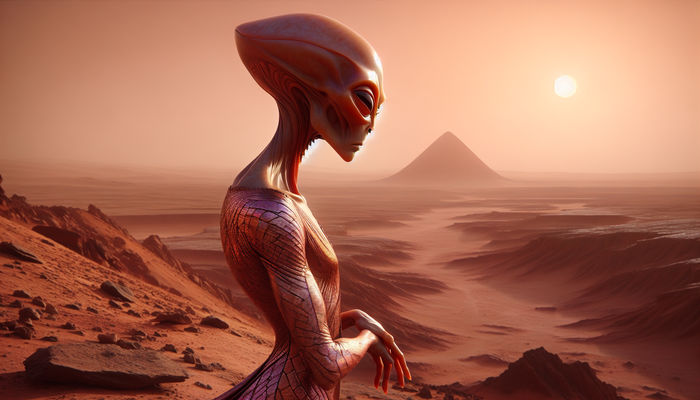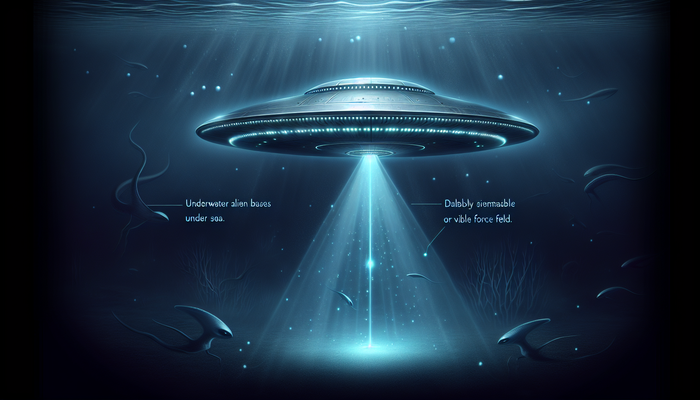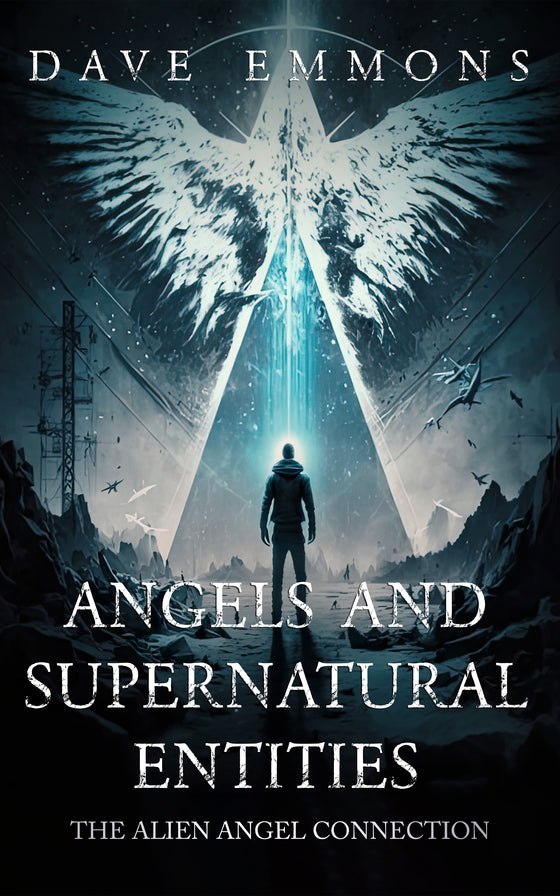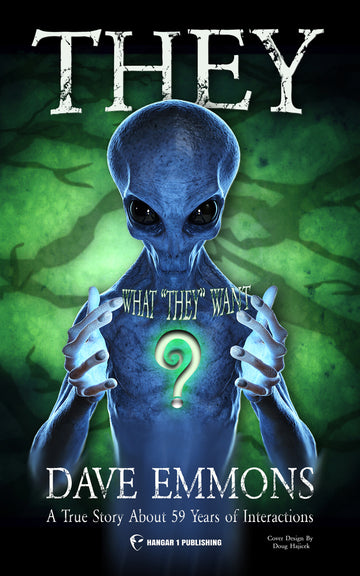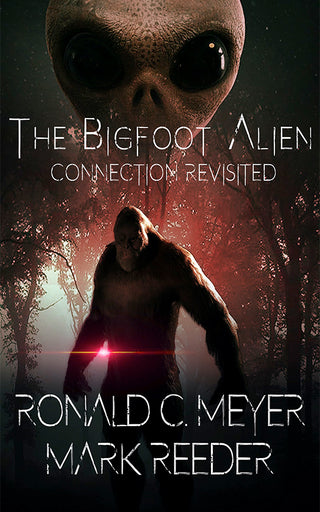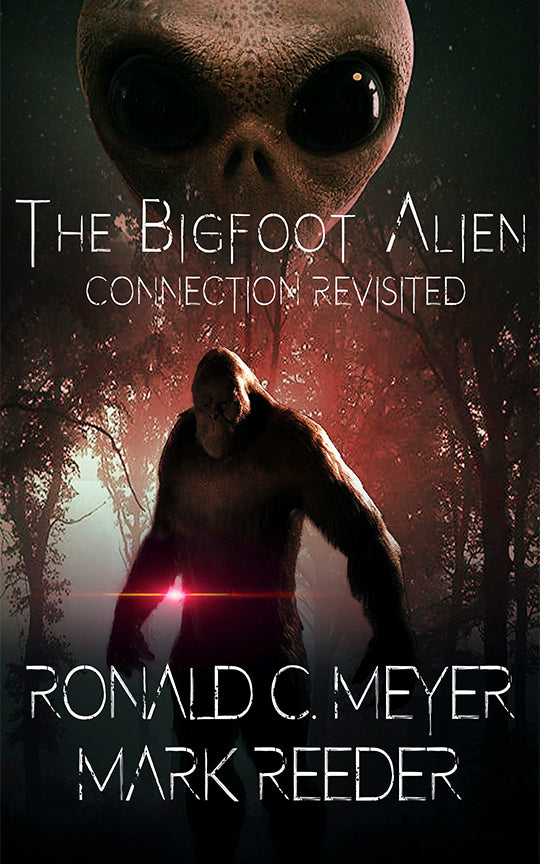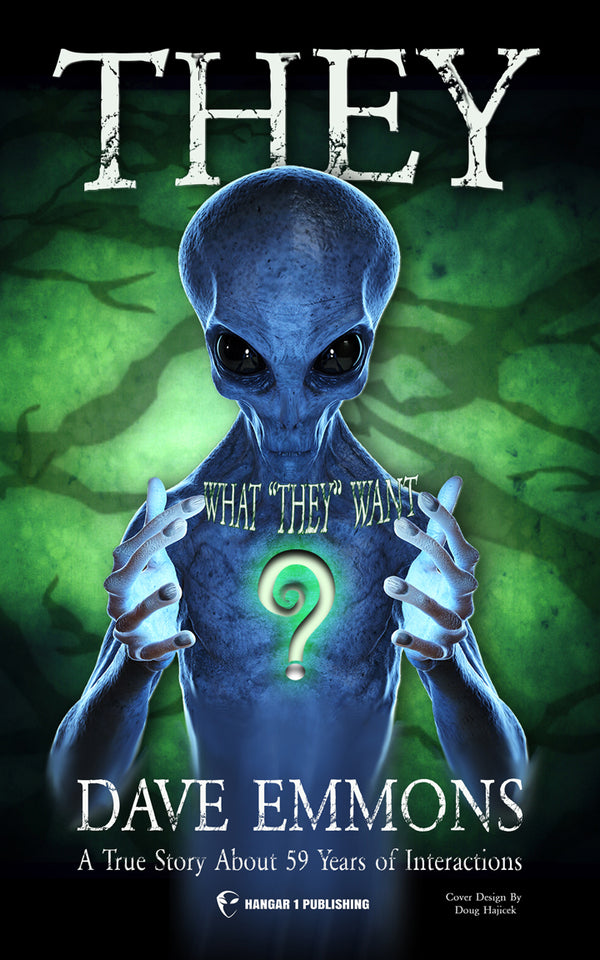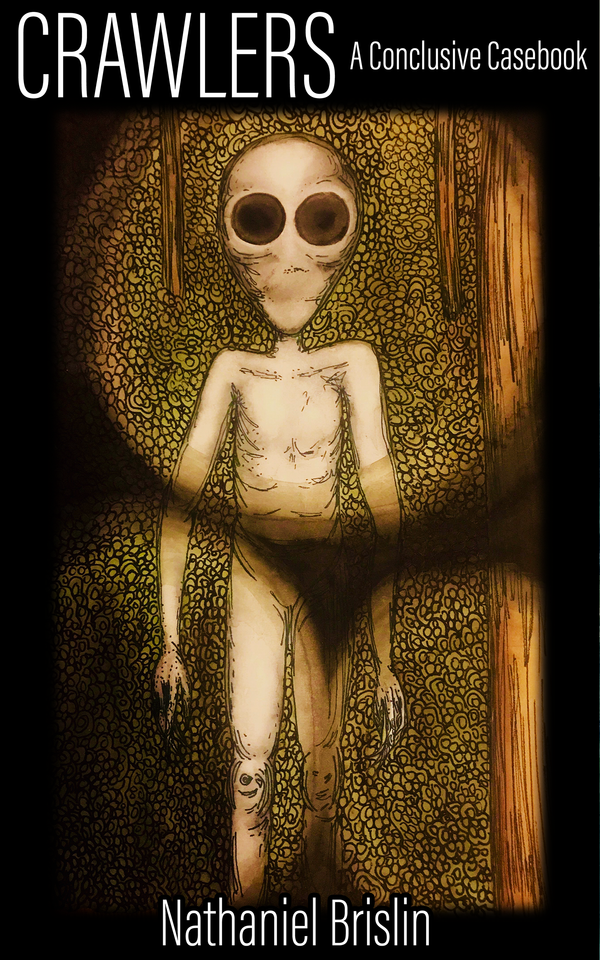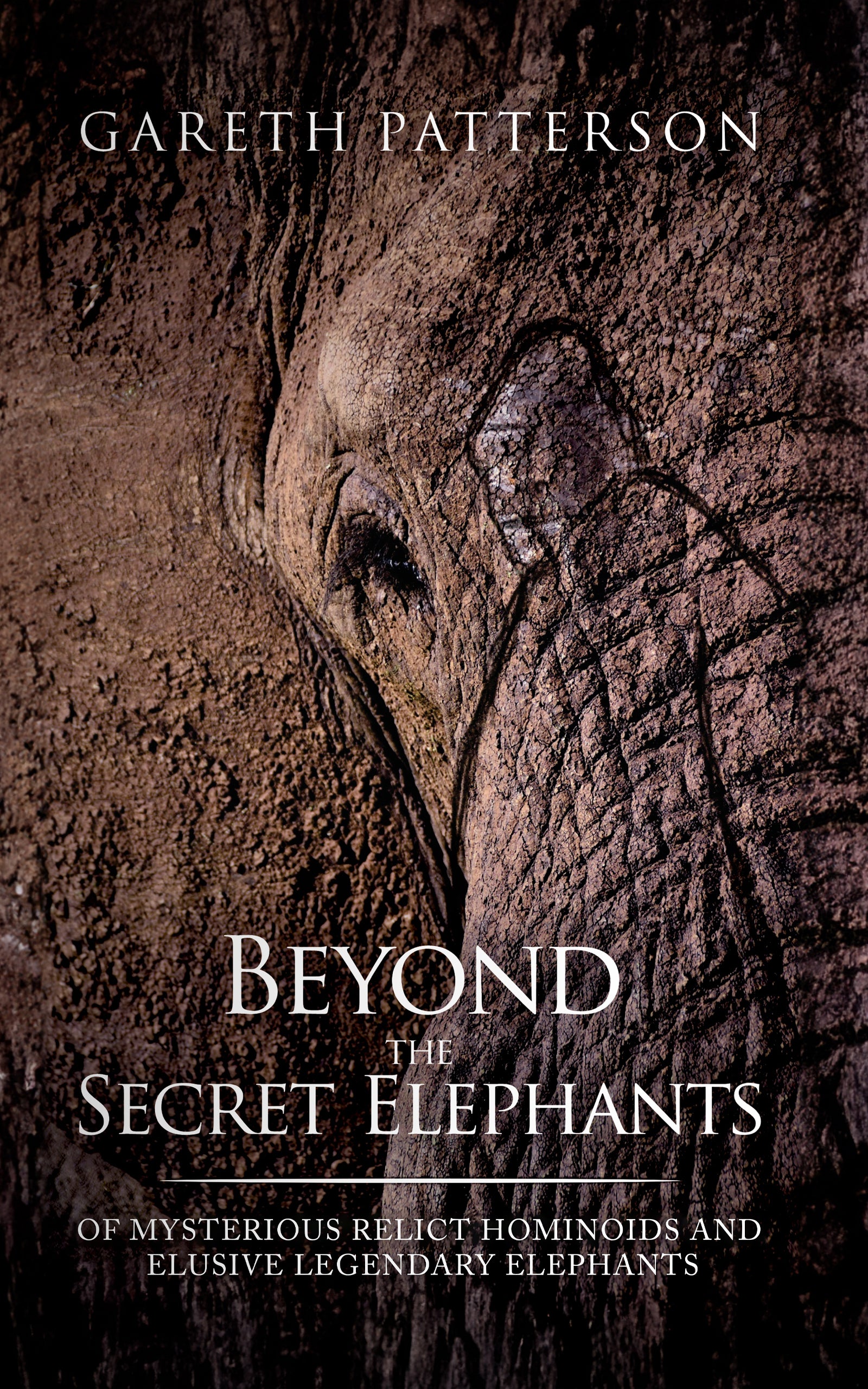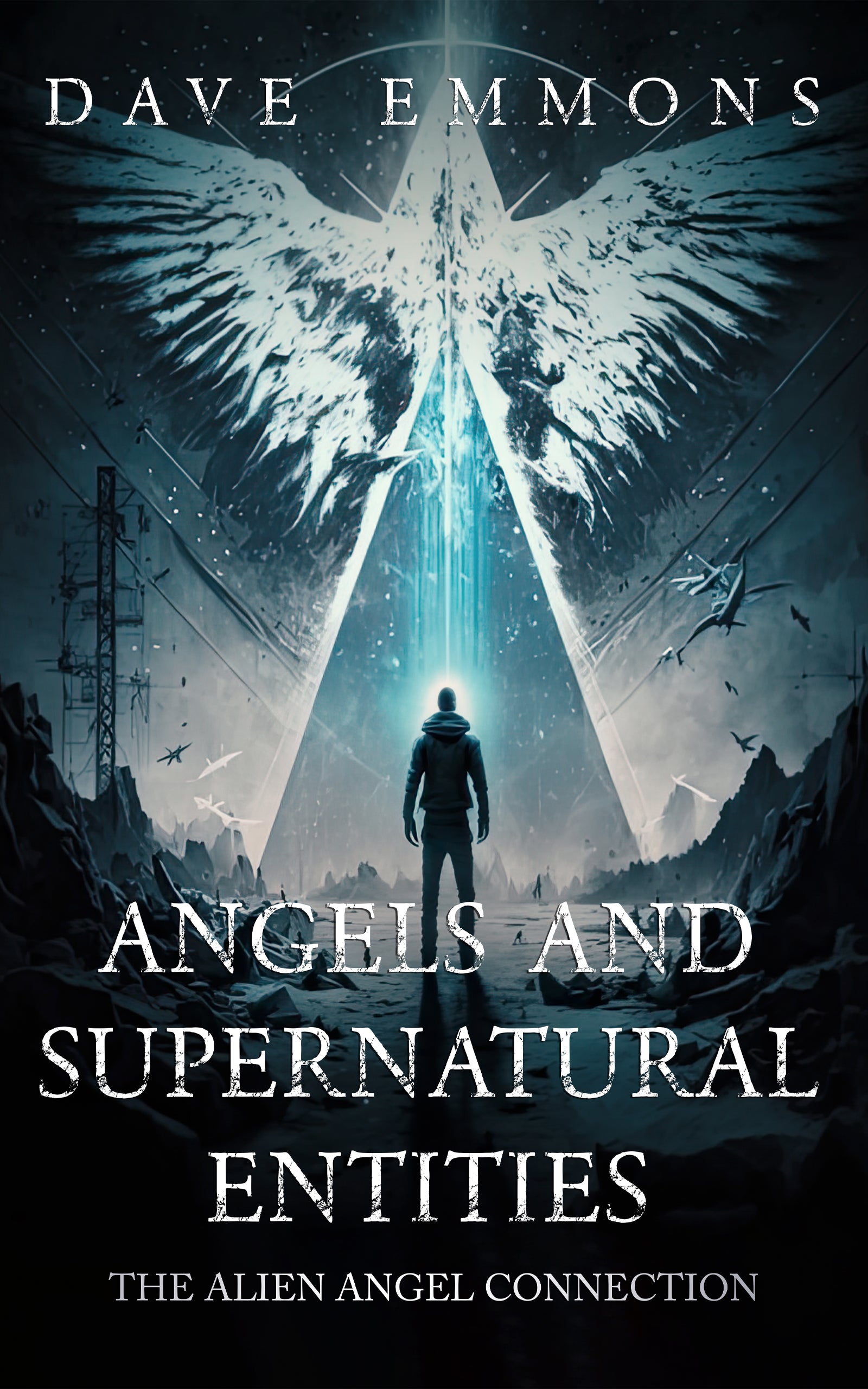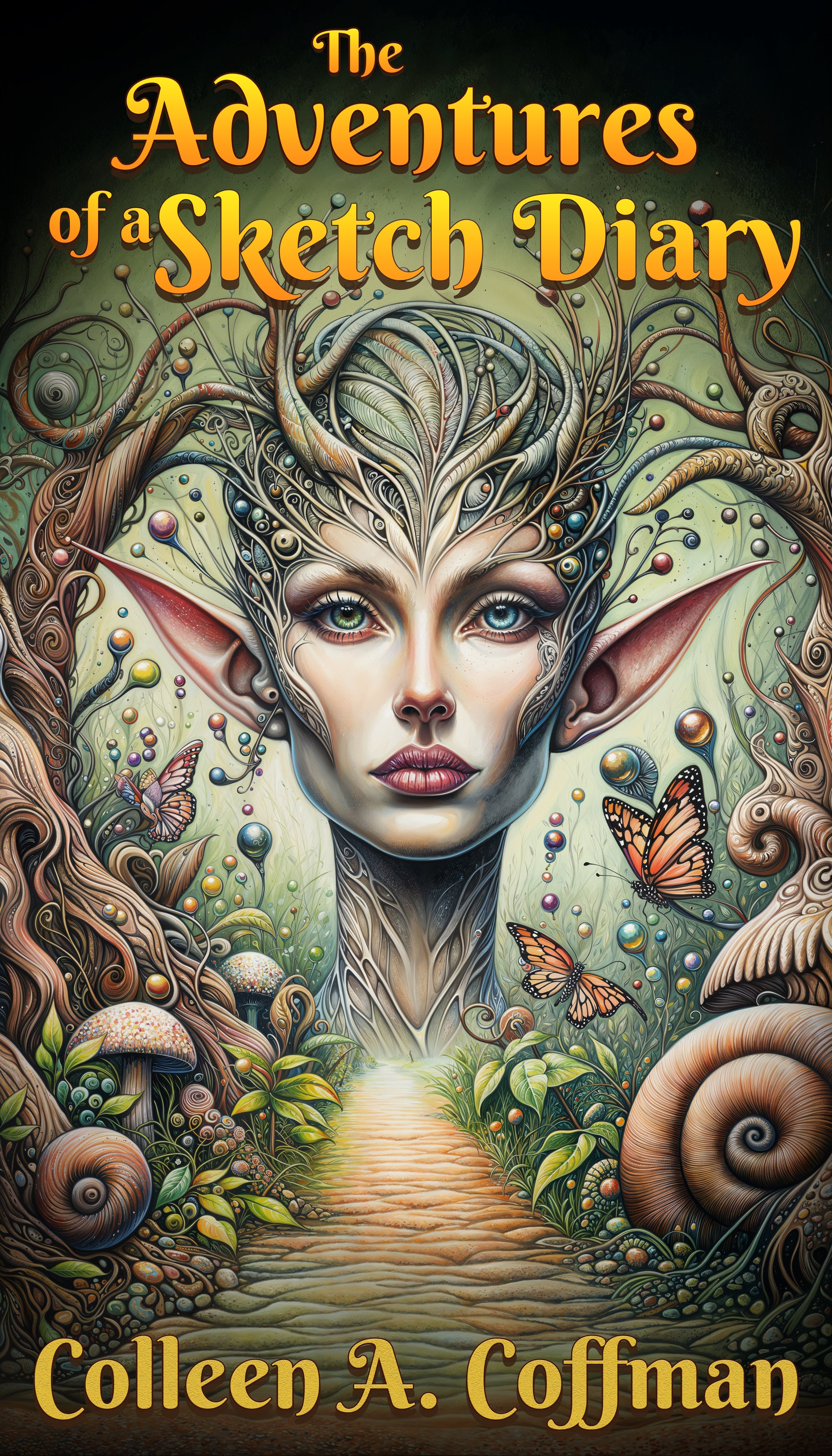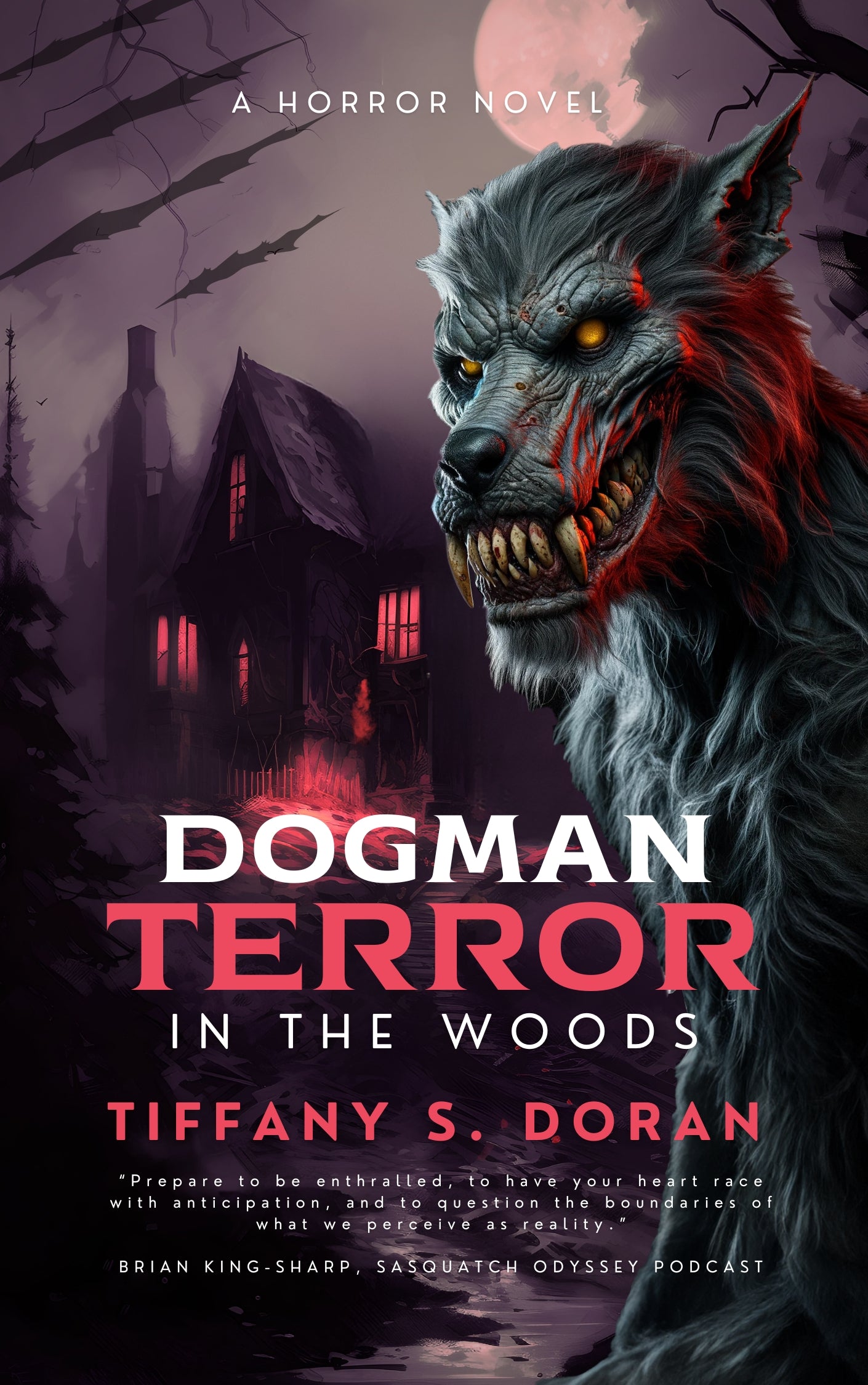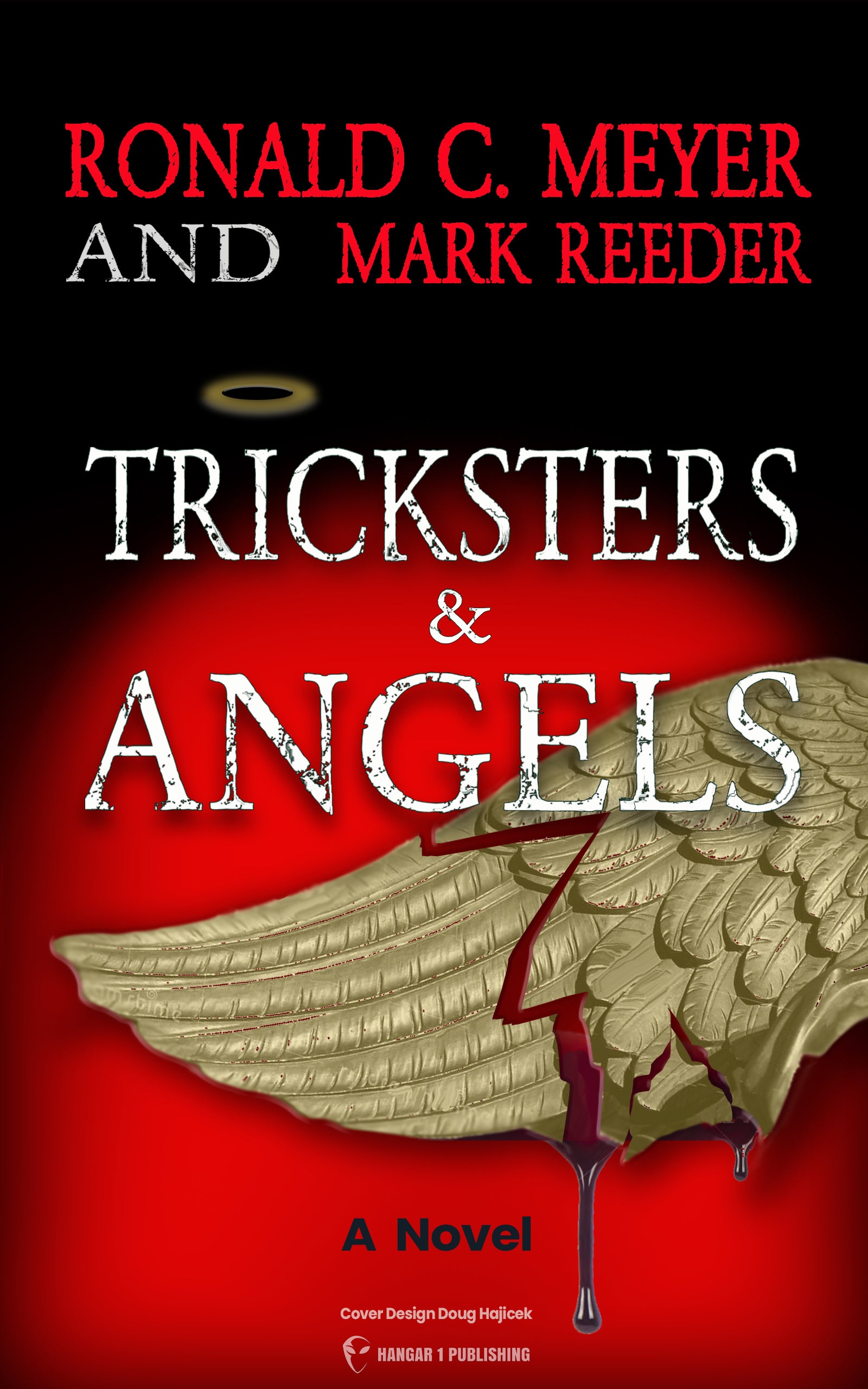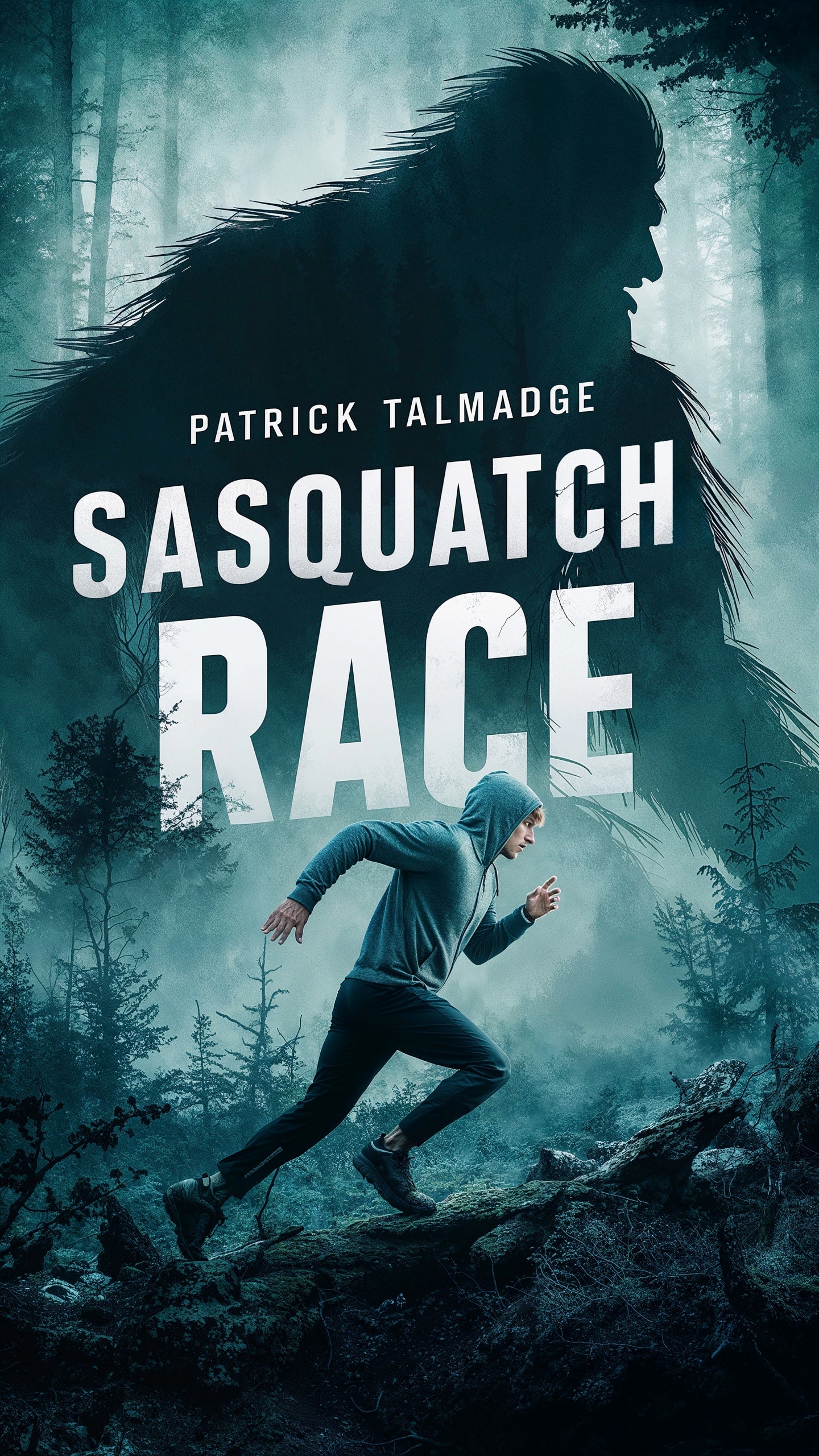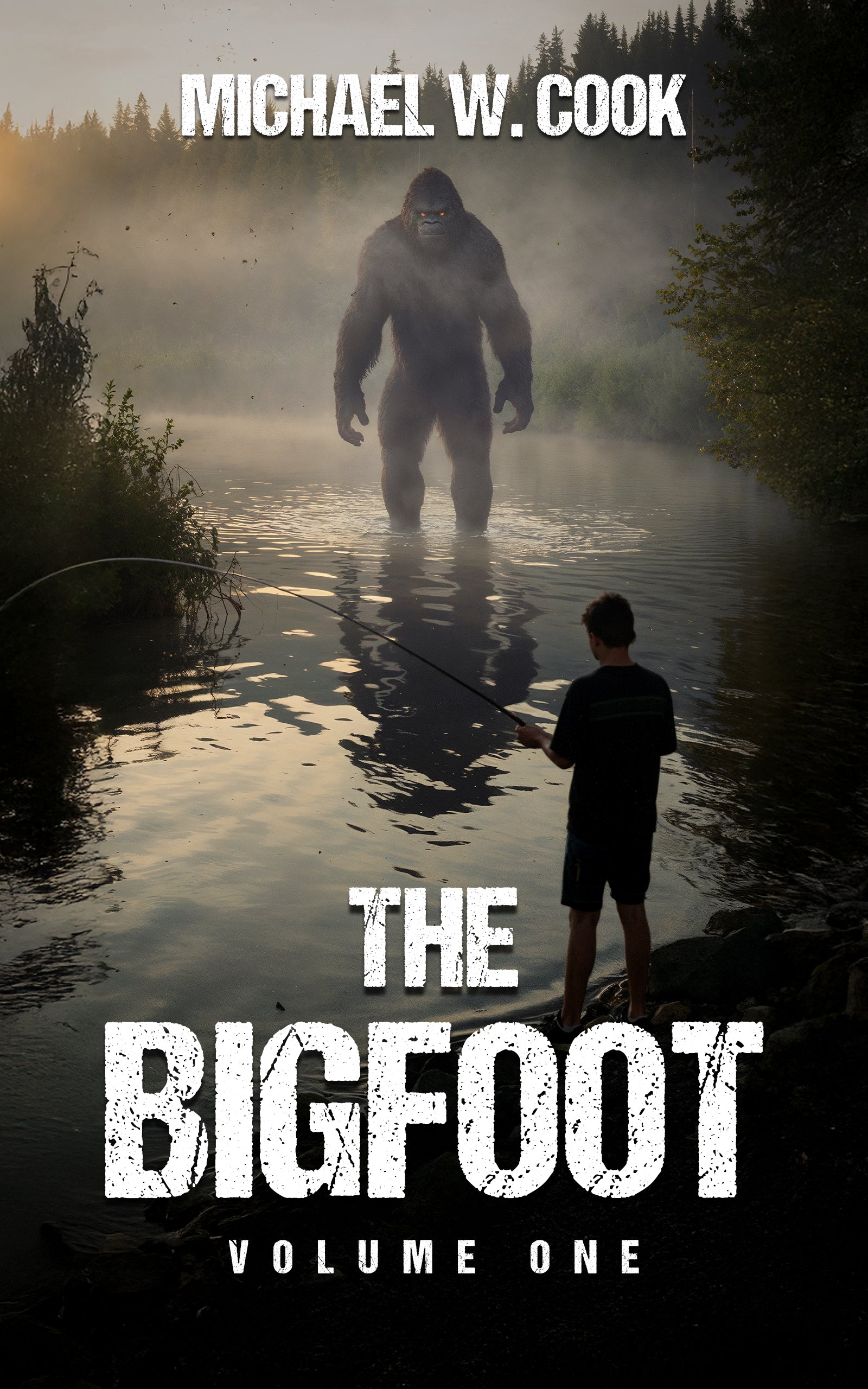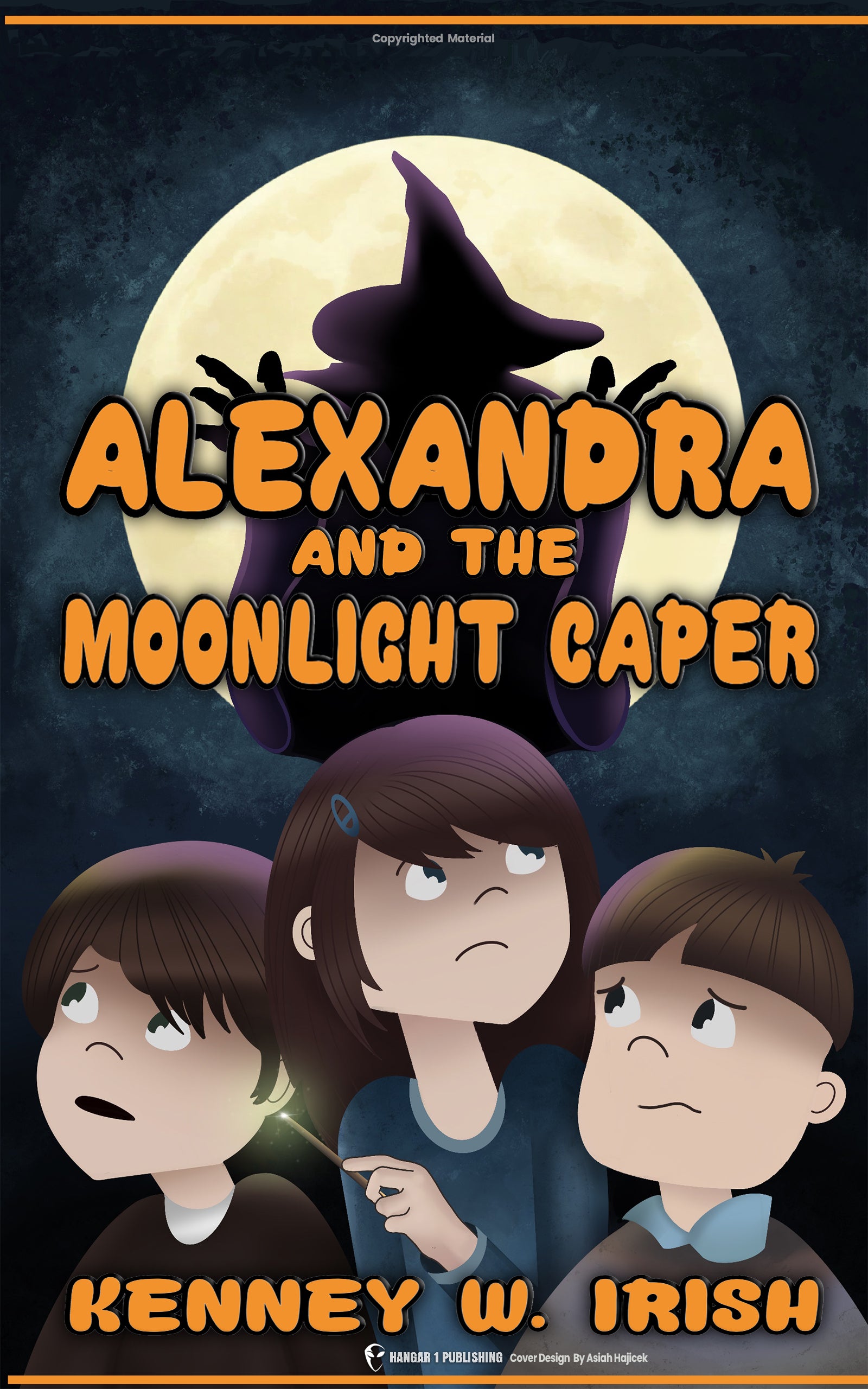The Flatwoods Monster Case

By Sanjay Kapoor, Ufologist
On the evening of September 12, 1952, in the quiet hills of Braxton County, West Virginia, something extraordinary occurred—an event that would thrust the tiny village of Flatwoods into national headlines and secure its place in American folklore for decades to come.
As dusk settled over the Appalachian landscape, three boys—Edward May, Fred May, and their friend Tommy Hyer—were playing football in the schoolyard when they spotted something unusual streaking across the darkening sky. A bright, fiery object, described as a "pulsing red light" or "sensational fireball," appeared to descend and land on the property of local farmer G. Bailey Fisher.
What happened next would become one of America's most enduring and mysterious close encounters—a face-to-face meeting with what came to be known as the Flatwoods Monster, or as locals now affectionately call it, "Braxxie."
The Night Everything Changed
Instead of dismissing the boys' tale of a strange light in the sky, Kathleen May, mother of Edward and Fred, decided to investigate. She gathered the children and enlisted the help of 17-year-old Eugene Lemon, a National Guardsman who happened to be visiting. Along with several other local children including Neil Nunley and Ronnie Shaver, and accompanied by the family dog, Richie, they set out toward the Fisher farm.
As they climbed the hill toward the landing site, the atmosphere grew increasingly ominous. The witnesses later reported detecting a strange, pungent odor that burned their eyes and noses—described by Mrs. May as having a "metallic smell." The dog ran ahead but quickly returned with its tail between its legs, seemingly terrified by something it had encountered.
Upon reaching the top of the hill, the group noticed a pulsating red light through the trees. Eugene Lemon directed his flashlight toward the glow, and in that moment, the witnesses came face-to-face with something they could never have imagined.
Standing between 10-12 feet tall, the entity had a round, blood-red face surrounded by a pointed hood-like shape that resembled an ace of spades. Its eyes glowed a greenish-orange color, described by some as being like "portholes" emitting beams of light. The body appeared dark green or black, with a pleated, skirt-like lower portion that some witnesses described as metallic or armor-like.
Perhaps most unnervingly, the creature didn't appear to walk but rather glided or floated above the ground. Some accounts mentioned claw-like hands extending from spindly arms, while others claimed it had no visible arms at all. When the being noticed the group, it reportedly made a shrill hissing sound (described by Kathleen May as being "like bacon frying") and began moving toward them.
Terrified, Eugene Lemon screamed, dropped his flashlight, and the entire group fled in panic down the hill. The entire encounter lasted perhaps 17 seconds—less than the span of a typical television commercial. But those brief moments would spawn decades of investigation, speculation, and debate.
America in 1952: A Perfect Storm
To understand the impact of the Flatwoods incident, we must consider its historical context. The year 1952 was a time of heightened anxiety in America, with the Cold War intensifying and fears of Soviet technology and potential invasion permeating everyday life.
This was the era of duck-and-cover drills in schools, backyard fallout shelters, and widespread atomic anxiety. Just seven years after Hiroshima and Nagasaki, the specter of nuclear annihilation loomed large in the American consciousness.
Against this backdrop, the summer of 1952 saw an unprecedented wave of UFO sightings across the United States. The most famous occurred in July, when numerous unidentified objects were detected on radar over Washington D.C., prompting military jets to be scrambled on multiple occasions. These "Washington Flap" incidents received extensive media coverage and legitimized public interest in flying saucers.
Popular magazines like LIFE had published seemingly credible articles about UFO phenomena, and Hollywood was producing films depicting both benevolent space visitors and monstrous alien invaders. Americans were primed to look skyward with a mixture of wonder and apprehension.
As a local resident observed, "The early '50s was a time when things like the atomic bomb were still fresh inventions, it was a time of mad scientists inventing chemical bombs capable of epic destruction, a time where rockets were first being built to send things into outer space, a time where flying saucers and sightings of the unexplainable were in abundance."
The Witnesses: Ordinary People, Extraordinary Claims
What lends the Flatwoods Monster case particular credibility is the nature of the witnesses themselves. These weren't attention-seekers or people with histories of unusual claims. They were ordinary residents of a small town, including a respectable mother, a National Guardsman, and several children of various ages.
In the immediate aftermath, all witnesses reported similar physiological symptoms: nausea, irritation of the throat and nose, and a lingering burning sensation in the eyes. Some experienced vomiting that continued into the following day. These symptoms were consistent with exposure to some type of irritant gas or vapor, giving credence to their claims about the strange mist or odor at the site.
One particular insight comes from the May brothers themselves. In a 2018 interview for a documentary, Fred May emphasized that what they encountered was "nothing alive" but rather "a mechanical thing." He compared it to German V2 rockets from World War II, suggesting the witnesses interpreted the entity as technological rather than biological in nature.
"What I saw, it looked like the V2 rockets that the Germans flew over and hit London with," Fred stated. "It was pointed at the top and had portholes which I've said in every interview I ever had. It looked like on a ship, portholes, and in behind that porthole you could see lights."
Over the years, the witnesses maintained the essential truth of their experience, even as public reactions oscillated between belief, skepticism, and ridicule. Fred May captured their perspective succinctly: "It's something you can't prove, and it just all comes down to trust."
The Aftermath: Investigation and Media Response
News of the encounter spread rapidly. Within hours, local authorities were on the scene. Sheriff Robert Carr and his deputy investigated the area but reported finding nothing unusual—no strange craft, no giant entity, no physical evidence of an otherworldly visitor.
However, the following morning, A. Lee Stewart, Jr., publisher of the Braxton Democrat newspaper, conducted his own investigation. Stewart claimed to have found "skid marks" on the ground and "an odd, gummy deposit," which some UFO enthusiasts later cited as evidence of a landed craft. (Skeptics would later attribute these marks to a pickup truck driven by local resident Max Lockard, who had visited the site earlier.)
Stewart interviewed the witnesses and came away convinced of their sincerity. "Those people were the most scared people I've ever seen," he later stated. "People don't make up that kind of story that quickly."
The local press coverage quickly caught the attention of larger newspapers and radio networks. Within days, the story had spread across the country. Reporters descended on Flatwoods, a small town unaccustomed to such attention. Kathleen May and Eugene Lemon were invited to appear on CBS television's "We the People" program in New York City, bringing their story to a national audience.
This broadcast featured the first appearance of a sketch of the monster based on the witnesses' descriptions—an image that would become iconic in paranormal lore, establishing the visual template for all future representations of the Flatwoods Monster.
Beyond the Hillside: Other Encounters
What makes the Flatwoods Monster case particularly intriguing is that it wasn't an isolated incident. Other sightings around the same time suggest a broader phenomenon at work.
Perhaps the most compelling corroborating case involves Audra Harper, who had her own frightening experience near the town of Heaters, approximately five miles north of Flatwoods, just weeks before the main incident. Harper and a friend were taking a shortcut through the woods when they noticed what looked like a ball of fire on a nearby hill. Initially dismissing it as someone burning brush, they were shocked when the fire suddenly vanished and was replaced by a tall, dark silhouette of a figure. Terrified, the women fled through the woods.
Even more remarkable is the experience reported by George and Edith Snitowsky on September 13, 1952—just one day after the primary Flatwoods incident. Driving with their 18-month-old son on Route 4 approximately 20 miles from Flatwoods, their car suddenly stalled without explanation.
As George attempted to restart the vehicle, they detected a foul, sulfurous odor, and their baby began crying. A bright light suddenly illuminated the area, and the couple witnessed a tall creature hovering near their car. Their description matched the Flatwoods entity in many respects, though they described its head as reptilian and bony rather than featuring the distinctive spade-shaped cowl. According to their account, the being dragged a claw-like hand across the hood of their car before disappearing into the woods—after which their vehicle mysteriously restarted.
Beyond these specific entity encounters, numerous reports indicate unusual aerial phenomena across multiple states on the evening of September 12, 1952. Some accounts suggest as many as six unidentified objects traversed the skies that night, with trajectories spanning from the northeastern United States as far south as Alabama. One object was reported to have "exploded" in midair near Gassaway, not far from Flatwoods.
Competing Explanations: Making Sense of the Encounter
Over the decades, various explanations have been proposed to account for the Flatwoods Monster incident.
The Extraterrestrial Hypothesis
The extraterrestrial hypothesis suggests that what crashed was indeed some form of spacecraft, and the entity encountered was its pilot or an automated probe sent to explore. Proponents point to the consistent descriptions provided by multiple witnesses, the physical symptoms they experienced, and similar sightings in the vicinity as evidence supporting this interpretation.
Military Testing Theory
The military testing theory proposes that what the witnesses encountered might have been related to secret experimental aircraft or equipment being tested by the U.S. government during the early Cold War period. Some locals speculate that German scientists brought to America after World War II (through Operation Paperclip) might have been developing advanced technologies in the region. This theory gained traction when Kathleen May later claimed to have received a letter from the Pentagon advising her to remain silent about what she had seen.
The Skeptical Perspective
The skeptical perspective, most notably articulated by Joe Nickell of the Committee for Skeptical Inquiry in 2000, suggests a combination of natural explanations. According to Nickell, the bright object seen in the sky was indeed a meteor (confirmed to have been visible across three states that evening), while the pulsating red light was likely an aircraft beacon. As for the monster itself, Nickell proposed that what the witnesses encountered was most likely a barn owl perched on a tree branch, its appearance distorted by darkness, fear, and limited illumination from a flashlight.
Several aspects of the witnesses' descriptions align with this theory: the glowing eyes (owl eyes reflect light), the pointed hood-like shape (resembling an owl's facial disk), the apparent claws, and even the hissing sound (consistent with an owl's defensive behavior when startled). The reddish appearance, according to this explanation, could have been caused by the reflection of light from nearby aircraft beacons.
The nausea and irritation reported by some witnesses have been attributed to emotional stress, hyperventilation, or even exposure to natural gases or plants in the area. Skeptics note that these symptoms are consistent with extreme fear and anxiety.
Cultural Legacy: From Terror to Tourism
While the Flatwoods Monster itself may have vanished after that September night, its cultural presence has only grown over the decades. What began as a frightening encounter has evolved into a beloved local icon and economic asset.
The small town of Flatwoods has fully embraced its monster. Welcome signs proudly proclaim it as "Home of the Green Monster," and the annual "Flatwoods Days" festival celebrates the legend. The creature has been affectionately nicknamed "Braxxie" by locals, transforming from a terrifying entity into something of a mascot.
In 2014, the Braxton County Convention and Visitors Bureau initiated the "Braxton County Monster Chair Project," constructing five oversized chairs designed to resemble the monster and placing them throughout the county. These 10-foot-tall "monster chairs" serve as photo opportunities for visitors, who can earn "Free Braxxie" stickers by photographing all five locations.
The centerpiece of this cultural embrace is the Flatwoods Monster Museum located in downtown Sutton (the Braxton County seat). What began as a modest display at the Braxton County Visitors Center evolved into a dedicated museum featuring original drawings, newspaper clippings, artifacts, and various artistic interpretations of the monster.
According to Andrew Smith, the museum's founder and executive director of the Braxton County Convention and Visitors Bureau, "Easily over 95 percent of our traffic is because we're a Flatwoods Monster Museum, not because we're a visitor's center."
For a rural county with limited economic opportunities, the Flatwoods Monster has become a valuable tourism asset, drawing visitors who might otherwise never discover this corner of Appalachia. What began as 17 seconds of terror has transformed into decades of economic and cultural benefit.
Japan's Unexpected Embrace
Perhaps the most surprising aspect of the Flatwoods Monster's cultural afterlife is its remarkable popularity in Japan, where it enjoys greater recognition than in many parts of the United States outside West Virginia.
The creature entered Japanese popular consciousness through youth magazines in the 1960s and 1970s, which featured articles about unexplained phenomena from around the world. In Japan, the entity is known as the "Flatwoods Monster" or sometimes as "3M no Uchuujin" (the "3-Meter-Tall Alien").
This initial exposure blossomed into a genuine cultural phenomenon. The Flatwoods Monster has appeared as a boss character in multiple Japanese video games, including "Space Harrier II" and "Amagon." Japanese toy companies have produced various Flatwoods Monster figures and collectibles, often depicting the creature with anime-influenced styling while maintaining its distinctive silhouette.
The museum in Sutton regularly receives Japanese visitors who make special trips to West Virginia specifically to learn about the Flatwoods Monster. Some report having grown up seeing images of the creature in games, toys, or media without realizing it originated from a real incident in America.
West Virginia's Paranormal Landscape
The Flatwoods Monster is part of a curious concentration of cryptid sightings and paranormal phenomena reported throughout West Virginia. This pattern raises intriguing questions about why this particular state seems to harbor so many encounters with the unexplained.
The most famous comparison is to the Mothman of Point Pleasant, who terrorized that Ohio River community in 1966-1967, about 15 years after the Flatwoods incident. Like the Flatwoods Monster, the Mothman has been interpreted by skeptics as a misidentified owl, though the circumstances and descriptions differ significantly. Both entities have become cultural icons with museums dedicated to them.
Other West Virginia cryptids include the Grafton Monster, the Beast of Bertha Hill, the "Yayho" (a 19th-century bigfoot predecessor), and "Sheepsquatch" (described exactly as its name suggests). This apparent abundance of mysterious entities has led West Virginia to be dubbed "the most haunted state in America" by some paranormal enthusiasts.
Several factors might contribute to this concentration of reported phenomena. West Virginia's geography features isolated communities separated by rugged, mountainous terrain—perfect conditions for unusual sightings to occur without immediate investigation or explanation. The state's extensive mining history has altered underground landscapes in ways that sometimes produce strange lights, sounds, or geological effects.
The Mystery Continues
Seven decades after the incident, the true nature of what the witnesses encountered on that September night remains unresolved. Was it truly an extraterrestrial visitor, a misidentified owl, an experimental aircraft, or something else entirely?
For skeptics, the barn owl explanation combined with meteor sightings provides a satisfying rationalization for the events. Yet for believers, several aspects of the case resist such simple explanation. The consistency of the witnesses' accounts across multiple tellings suggests they genuinely saw something unusual. The physical symptoms they experienced—especially the persistent vomiting reported by some—seem extreme for mere psychological reactions.
The mechanical nature of the entity, emphasized particularly by Fred May in later interviews, aligns more closely with technological interpretations than biological ones. If what they encountered was indeed some form of probe or vehicle rather than a living organism, it would represent an extremely advanced technology for 1952—whether of human or non-human origin.
What's certain is that the Flatwoods Monster has transcended the question of its literal existence to become something more—a cultural icon, a cornerstone of American cryptid lore, and a beloved symbol for a small West Virginia community. The legend continues to captivate because it speaks to our enduring fascination with the unknown and the possibility that there's more to our world than what conventional science can explain.
As Andrew Smith of the Flatwoods Monster Museum puts it, "I believe the group saw something that night in 1952. As to whether it was the Flatwoods Monster, I'll leave that up to the imagination."
In that spirit of open inquiry, the Flatwoods Monster remains one of America's most distinctive and enduring paranormal legends—whether approached as a fascinating case study in how folklore develops, an example of Cold War-era anxiety manifesting in reports of the supernatural, or possibly even a genuine encounter with something beyond our understanding.
From Bigfoot to UFOs: Hangar 1 Publishing Has You Covered!
Explore Untold Stories: Venture into the world of UFOs, cryptids, Bigfoot, and beyond. Every story is a journey into the extraordinary.
Immersive Book Technology: Experience real videos, sights, and sounds within our books. Its not just reading; its an adventure.


